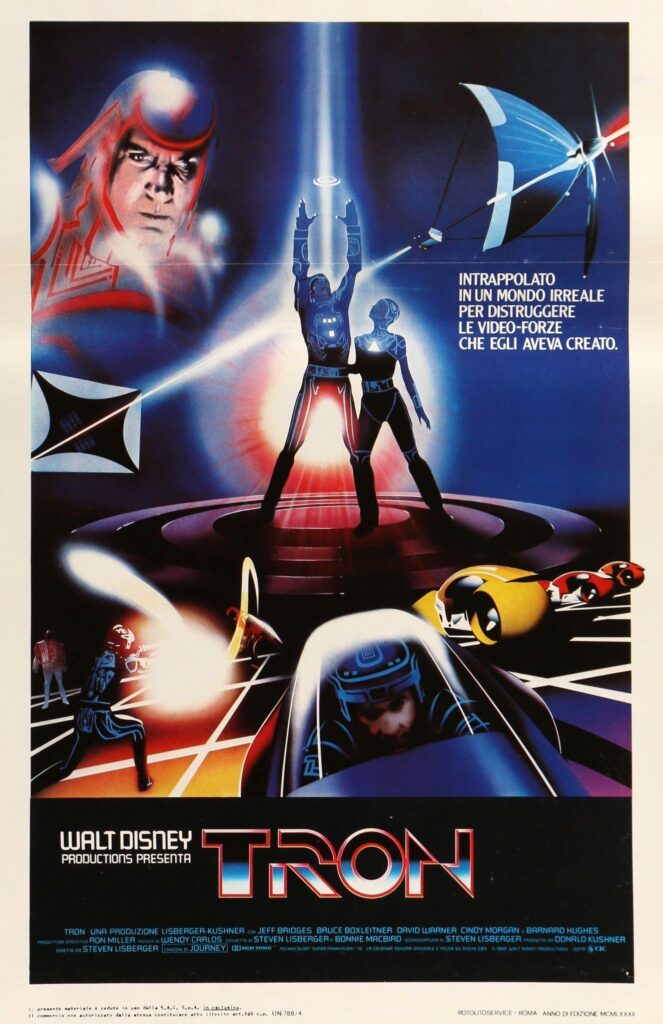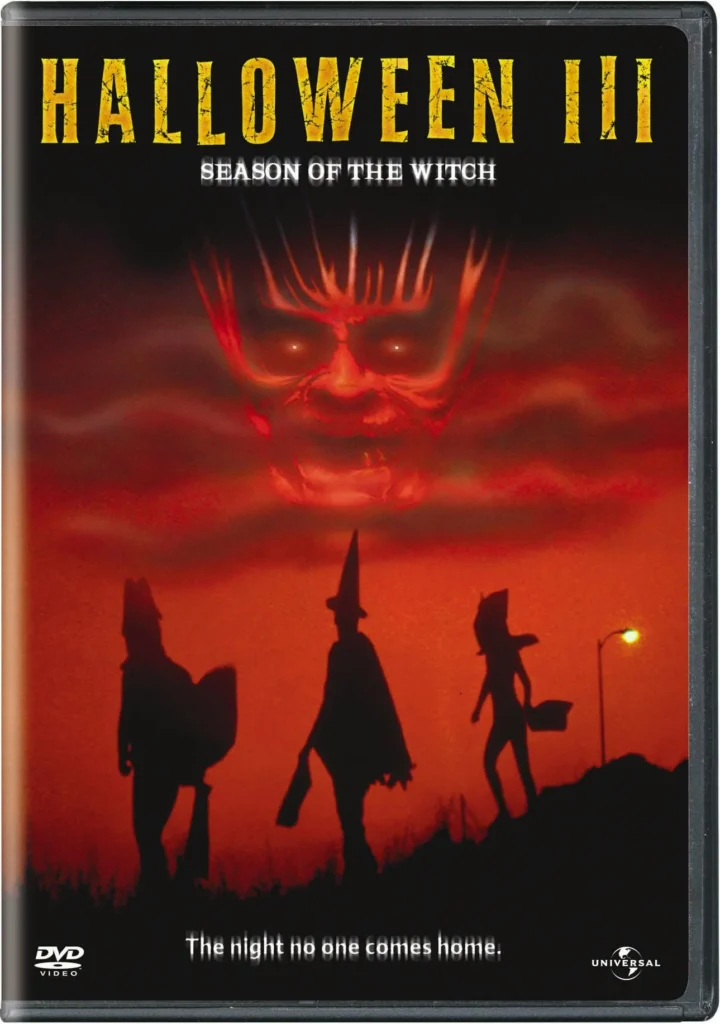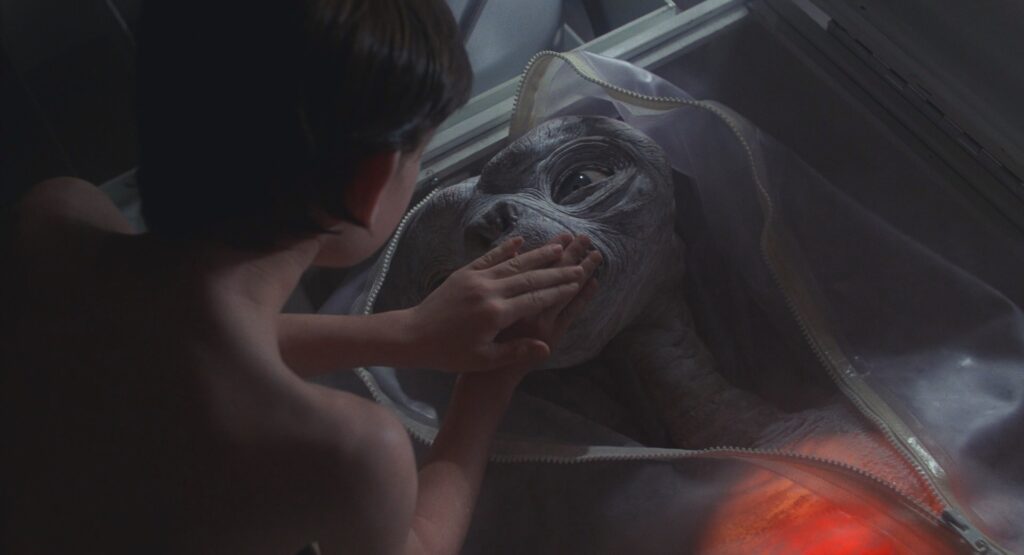
Tron (1982): A Digital Odyssey Ahead of Its Time – Review

When “Tron” was introduced to audiences in 1982, it was nothing short of revolutionary. Helmed by Steven Lisberger and backed by the power of Disney, “Tron” ventured into a domain that was largely unfamiliar to the general populace: the innards of the digital world and computer programs. At a time when the personal computer was just beginning its ascent, and video games were nascent, “Tron” dared to visualize the cyber realm in ways hitherto unseen.
A Glimpse Inside the Machine: The story follows Kevin Flynn (Jeff Bridges), a computer programmer who finds himself transported into a digital universe, a place where programs have sentience and resemble their creators, the users. Inside this digital realm, Flynn, transformed into a program himself, must navigate a treacherous landscape ruled by the Master Control Program (MCP). Assisted by allies like Tron (Bruce Boxleitner) and Yori (Cindy Morgan), Flynn’s journey is a quest for survival, justice, and a way back to the real world.
While the plot is a classic tale of good versus evil, “Tron” stands out for its setting. The film portrays the digital domain as a vast, neon-lit cityscape, where gladiatorial games take place in grand arenas, and ‘light cycles’ race at breakneck speeds leaving luminous trails in their wake.
Behind-the-Scenes Magic: “Tron” is often lauded for its groundbreaking visual effects. What’s fascinating is that despite its computer-themed narrative, it relied minimally on what we’d recognize as traditional CGI. Back in the early ’80s, the technology was still in its infancy. Instead, the movie’s unique aesthetic was achieved through a combination of hand-drawn animation, backlit live-action footage, and some computer-generated imagery.
This melding of techniques required a mammoth effort. To bring the digital realm to life, the film’s creators collaborated with various companies, each specializing in different aspects of effects work. The result was a film that looked like no other, its distinct aesthetic capturing the abstract idea of a digital space.
Jeff Bridges’ portrayal of Flynn added heart to the high-tech spectacle. Flynn’s incredulity and wonder mirror our own as he, and by extension, the audience, navigates the dazzling digital domain. Boxleitner’s Tron is the stoic counterbalance, a symbol of resistance against the oppressive MCP.
Impact and Legacy: In 1982, the world was on the brink of a technological revolution. Video arcades were sprouting, home computing was burgeoning, and “Tron” served as a fantastical exploration of this new frontier. Its ideas about digital autonomy, the relationship between creators and creations, and the concept of a digital self were prescient, touching on themes that are even more relevant in our internet age.
Upon its release, the film received mixed reviews. While many were enamored with its visual prowess, others found its storyline lacking. However, as the years rolled by, appreciation for “Tron” grew, particularly among tech enthusiasts and a generation that came of age alongside the digital revolution. Its influence can be seen in a slew of films and series that followed, any medium that dared to depict the digital realm.
In many ways, “Tron” was ahead of its curve, a film that straddled the line between the analog past and the digital future. By weaving a tapestry of innovative visuals, compelling characters, and a narrative deeply rooted in the tech zeitgeist, “Tron” stands as a testament to bold filmmaking and remains a cult classic in the annals of sci-fi cinema.




